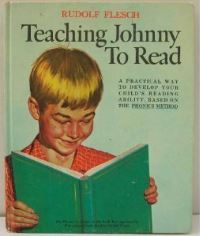 In 1955 Rudolf Flesch published his book, “Why Johnny Can’t Read”. He blamed the reading programs of the day. He explained that English is an alphabetic language, and that in order to learn to read efficiently students must learn to “sound out” words rather than merely recognize them at sight. His book included a note to mothers – encouraging them to teach their children to read – and word lists in the back of the book, which they could use to do so.
In 1955 Rudolf Flesch published his book, “Why Johnny Can’t Read”. He blamed the reading programs of the day. He explained that English is an alphabetic language, and that in order to learn to read efficiently students must learn to “sound out” words rather than merely recognize them at sight. His book included a note to mothers – encouraging them to teach their children to read – and word lists in the back of the book, which they could use to do so.
The book sparked a rebirth of what is known as the reading wars. Educational Journals fought back with many articles in defense of the new methods and harsh criticisms of phonics.
Anna Gillingham, a reading teacher/psychologist of the day, who worked side-by-side with the reading scientist Samuel T. Orton, responded to the journal debates with a letter to the editor in the 1958 edition of Elementary Education. Here is an excerpt from that letter. It describes an unexpected response from general education students when they saw how the at-risk students were being taught to read.
To the Editor —
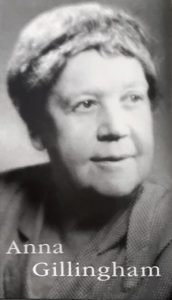 “… Twenty years ago as a pioneer, I was experimenting with the selection of kindergarten children who would probably have trouble with reading, unless taught by the technique already found successful with older remedial pupils. I shared the anxiety of many teachers and parents, that being set apart in a special group would cast a stigma upon its members. However, by the time the experiment had been tried for two or three years, we found our fears groundless.”
“… Twenty years ago as a pioneer, I was experimenting with the selection of kindergarten children who would probably have trouble with reading, unless taught by the technique already found successful with older remedial pupils. I shared the anxiety of many teachers and parents, that being set apart in a special group would cast a stigma upon its members. However, by the time the experiment had been tried for two or three years, we found our fears groundless.”
General Educations Students Asked to Join Remedial Group
“Instead of resenting the placing of their children in a separate group, mothers came and asked for the privilege of having their children taught as a cousin or neighbor had been taught last year, “because he learned so much better.”
“Instead of looking with scorn or ridicule upon their classmates sent out for this special kind of reading, the class manifested envy as of a privileged group. Children asked, “Miss Blank, am I going on this same way with you next year? It’s a lot nicer than what the other children are having.” By the time the project was in its third year, the rest of the class began to recognize the advantage the special group was experiencing. A third grade boy said, ‘kids learn a great deal that we don’t know. We know a lot of words, but when we don’t know a word we have to ask, but they can work it out for themselves.'”
“Another third grade boy who had always read fluently in the SightWord reading group, asked his teacher wistfully, ‘If I read this very well, may I go with Miss Blank’s class? Those children in that special group know so much more.'”
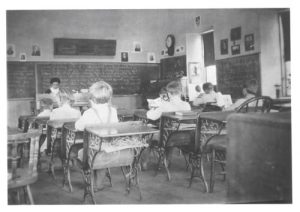 “Children asked their mothers, and mothers asked us, what could be done so that all might receive the privileges of the Special Group.
“Children asked their mothers, and mothers asked us, what could be done so that all might receive the privileges of the Special Group.
A fifth grade girl, who was an excellent speller, was excused from the class with two other children to work on a delightful art project. Meanwhile, her entire class was having spelling by the Gillingham Technique. After a few days she went to the teacher with the request, “I can do this painting at home.”
“‘Mayn’t I please be in the class for spelling? It is so much fun to learn the rules and the history of words and all the rest that we have been doing. It is so much nicer to know the reason than just to remember the spelling of words and not be sure that we are remembering them correctly or why they are that way.’”
Wanting to Practice Drills
“Numerous similar expressions could be quoted from all the schools in which the experiment has been tried. Pity was felt by some teachers for the children of the Special Group who must go over and over the dull [phonics] Drill Cards.”
“To the astonishment of these critics, however, there were protests by the children if, for any reason, the Cards were omitted on a particular day. To the genuine surprise of the teachers, parents not infrequently asked to buy the Cards because the child wished them for Christmas or birthday, or, ‘so that I can teach my cousin, because in his school they don’t have them. He doesn’t know the sounds!’
“Those teachers learned a lesson greatly needed in many other fields, namely, that it is the teacher and not the pupil who is bored by drill and repetition. The child feels delight in definite progress in which he can see tangible evidence of success. ‘See me gain, see me gain!’ exulted one child.
“Recently I had the privilege of observing a second grade selected group being taught by the Alphabet Approach. They had been clamoring for a new diphthong Card for which the teacher had declared them not yet ready. On this day she announced that they might have it. ‘And it is a tough one!’ she warned. Hands were noiselessly clapped and several youngsters joggled up and down in their seats. ‘May I try it, may I try it?'”
[Yes, you read that correctly. Anna Gillingham’s “special group” of readers became the preferred group. The students themselves saw the benefits of being in the remedial group. One of the boys discovered that when he wanted to know a word, he needed to ask. When the others wanted to know a word, they were able to figure it out themselves. This is because they had learned how to read by the alphabetic method, as Anna Gillingham called it. In her editorial she goes on to explain what she means by phonics and she tells how the meaning of the word phonics, within the process of teaching with the whole word method, had changed.]
preferred group. The students themselves saw the benefits of being in the remedial group. One of the boys discovered that when he wanted to know a word, he needed to ask. When the others wanted to know a word, they were able to figure it out themselves. This is because they had learned how to read by the alphabetic method, as Anna Gillingham called it. In her editorial she goes on to explain what she means by phonics and she tells how the meaning of the word phonics, within the process of teaching with the whole word method, had changed.]
Misusing the Word Phonics
“Another point which should be made clear in the mind of any teacher attempting to use my technique is the distinction between this approach and what is usually accepted as ‘phonics.’
“Teachers not infrequently tell me that they are using my method, that they “always did believe in phonics.” They usually mean “analytical” or “functional” phonics. By this method several words are taught from one of the delightful primers that have been carefully constructed to introduce the same word in a good many situations [whole-word primers]. After a considerable number of words (perhaps one hundred) are recognized on sight, they are gradually broken down into their phonetic units. In the hands of a skilled teacher this, the current method, attains apparently satisfactory results with many pupils. Others fail because they cannot learn the preparatory group of sight words. Whether or not this method is desirable is a matter of opinion. The positive statement to be made here is that this method of teaching phonics is not to be confused with the Gillingham Technique [Alphabetic Approach].”
The Sight-Word Method vs the Alphabetic Approach
“The Sight-Word Method and the Alphabetic Approach are based upon two distinct and mutually exclusive concepts. When men first began to attempt to communicate with each other at a distance by written messages, they drew pictures. Their communications were, in fact, pictorial narratives. Gradually these pictures became conventionalized into characters bearing less and less resemblance to objects. Thus we find Chinese characters and Egyptian hieroglyphics, each standing for a word or even for a phrase or short sentence. There are many words in any language and a scholar who had many ideas to communicate had to learn many thousands of ideograms – a laborious task.”
Using Letters to Represent Sounds
“About three thousand years ago it dawned upon some genius or group of geniuses in the Eastern Mediterranean region that it would be easier to have a character (letter) stand for a speechsound. Then these letters, few in number (English has 26), could be combined and recombined thousands of times to form words. As long as a language developed by itself, it was perfectly phonetic. It was only when two languages mixed through conquest or migration that there came to be silent letters or more than one sound for a letter, or more than one letter for a sound. This general approach to written language prevailed in Europe and in America until something less than one hundred years ago. It is upon this concept of combining letters to form words that the Gillingham Technique is based.”
———————————————–
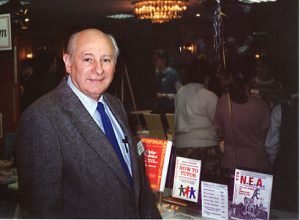
Samuel Blumenfeld
author of “Is Public Education Necessary”
“N.E.A. Trojan Horse of American Education”
“Alpha-Phonics”
“Flesch explained that in the early 1930s, the professors of education changed the
way reading was taught in American schools. They threw out the alphabetic phonics
method, which is the proper way to teach anyone to read an alphabetic writing system,
and they put in a new whole-word, look-say, or sight method that taught children to
read English as if it were Chinese, an ideographic writing system. Flesch explained
that when you impose an ideographic teaching method on an alphabetic writing
system, you get reading disability.” (Samuel Blumenfeld: The Whole-Language Fraud)
———————————————–
Gillingham Editorial (continued):
Returning to Ideographs
“Late in the 19th Century there came a return to the ancient ideogrammatic concept. A word was to be learned in its totality as an ideogram, disregarding the letters of which it was composed. In the extreme form of this method the letters are not learned at all. This Sight-Word Approach swept over America and has worked havoc: with reading and spelling. Several of my older Remedial Reading pupils have told me gravely that until they had learned my Drill Cards, they had no idea that the letters in a word had anything to do with its pronunciation! Here we have a clear demonstration of the mutual exclusiveness of the two concepts.
“A pupil who is trying to remember a certain word as an ideogram cannot at the same time be sounding the letters in series to work out the pronunciation of the word. He may remember the wrong word, just as I may confuse the names of Mrs. Jones and Mrs. Smith met at a tea. Such a pupil may say garden for basket (both words having been previously encountered in the same story), or bird for robin (words seen as labels to pictures).
“The value of introducing phonics while the child is being exhorted to remember words as sight units is controversial, but such an introduction of the sounds of the letters as an aid to learning words as ideograms must not be confused with the Alphabetic Approach.
“And now we come to my last point. It seems to me important that teachers interested in my technique should be made familiar with trends in the widening application of the Alphabetic Approach.”
Why not just teach words as ideograms?
 “At least a dozen years ago teachers began to inquire, ‘Since this Alphabetic Approach is the means of saving from failure those who would otherwise have failed, or is the best Remedial Technique for those who have already experienced the frustration of failure, why would it not be the best way to teach all children?’ For some time my voice gravely joined the chorus of conventional answers. ‘If a child can learn to recognize ideograms (Sight-Word Method), he should have the privilege of learning this way. The Alphabetic Approach would slow down his potential speed.'”
“At least a dozen years ago teachers began to inquire, ‘Since this Alphabetic Approach is the means of saving from failure those who would otherwise have failed, or is the best Remedial Technique for those who have already experienced the frustration of failure, why would it not be the best way to teach all children?’ For some time my voice gravely joined the chorus of conventional answers. ‘If a child can learn to recognize ideograms (Sight-Word Method), he should have the privilege of learning this way. The Alphabetic Approach would slow down his potential speed.'”
“But as the years went by I wondered more and more. This was not a flippant question. It was asked by some of our best and most experienced teachers. For example, Mary Davidson, former head of the Primary Department of the Fieldston Lower School in New York, asked it with purposeful interest, and is now using the Alphabetic Approach with whole classes in the Oakwood School in North Hollywood, California.
 “More and more emphatically it was forced upon my attention that there is no sharp line between the potential reading failure and the child who learns with a slight degree of success. If the Alphabetic Approach is necessary for Jimmie, why is it not good for Harry whose test results show only a slight difference? With the almost universal uproar about poor spelling, we can afford to give some training in the kinesthetic and auditory aspects of the language pattern at the beginning. Only a few supernormal children never misspell. These are too few in number to have a school policy made for them. Experience proves more and more that the Alphabetic Approach is slower for only the first weeks or very few months. After that, the progress of children thus taught is often more rapid than that of their Sight-Word Method classmates. Since there is no sharp line between the children supposed to need the Alphabetic Approach and those for whom the Sight-Word Method is preferable, it begins to appear that the Alphabetic Approach may eventually come to be regarded as best for all…”
“More and more emphatically it was forced upon my attention that there is no sharp line between the potential reading failure and the child who learns with a slight degree of success. If the Alphabetic Approach is necessary for Jimmie, why is it not good for Harry whose test results show only a slight difference? With the almost universal uproar about poor spelling, we can afford to give some training in the kinesthetic and auditory aspects of the language pattern at the beginning. Only a few supernormal children never misspell. These are too few in number to have a school policy made for them. Experience proves more and more that the Alphabetic Approach is slower for only the first weeks or very few months. After that, the progress of children thus taught is often more rapid than that of their Sight-Word Method classmates. Since there is no sharp line between the children supposed to need the Alphabetic Approach and those for whom the Sight-Word Method is preferable, it begins to appear that the Alphabetic Approach may eventually come to be regarded as best for all…”
signed — Anna Gillingham
*****************************************************************************

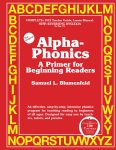 This editorial was reprinted in Samuel Blumenfeld’s book, The New Illiterates and How to Keep your Child from Becoming One. This book was recently reprinted by Paradigm Books and is available on Amazon, along with Blumenfeld’s primer: Alpha-Phonics: A Primer for Beginning Readers.
This editorial was reprinted in Samuel Blumenfeld’s book, The New Illiterates and How to Keep your Child from Becoming One. This book was recently reprinted by Paradigm Books and is available on Amazon, along with Blumenfeld’s primer: Alpha-Phonics: A Primer for Beginning Readers.
Samuel Blumenfeld uses the alphabetic method as it is described by Anna Gillingham. The Blumenfeld primer provides word lists which introduce the sounds of the letters and combine them systematically into words. The lists replace the drill cards which Anna Gillingham mentions in her editorial.
 edited by Meg Rayborn Dawson (homeschooling mom of 9)
edited by Meg Rayborn Dawson (homeschooling mom of 9)
author of: Dyslexic No More: Saved by the ABC’s
MS: Exceptional Student Education (Univ. of W. Florida) emphasis on Applied Behavior Analysis
MA: psychology (Grand Canyon University)
BA: (Northwest Nazarene University)
***********************************************************************************
Did you know every year many 1,000’s of parents teach their own children to READ? Many of them have used Alpha-Phonics because they have found it can easily be used to teach their children to read. Your Kids can make a lot of headway in only a couple of weeks with this proven program. Alpha-Phonics is easy to teach, is always effective and requires no special training for the Parent. It works ! And it is very inexpensive. You CAN DO it !! Follow the links below to know all about the time-tested (40 + years) Alpha-Phonics program:

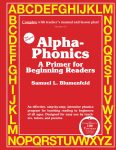


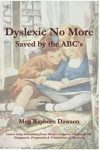

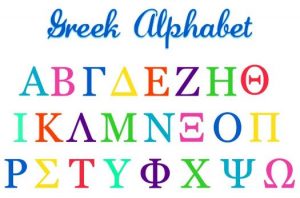



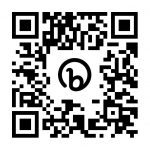










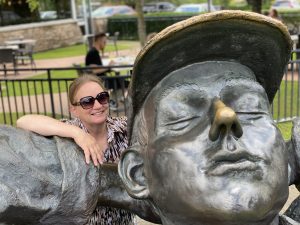 by Meg Rayborn Dawson
by Meg Rayborn Dawson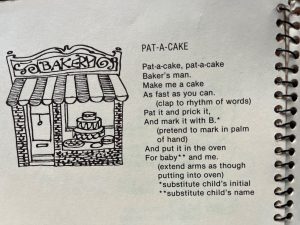 Why play Pat-a-Cake?
Why play Pat-a-Cake?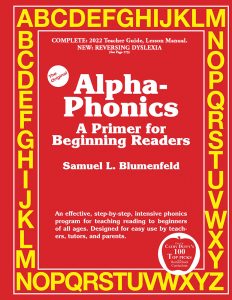
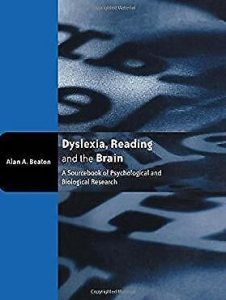

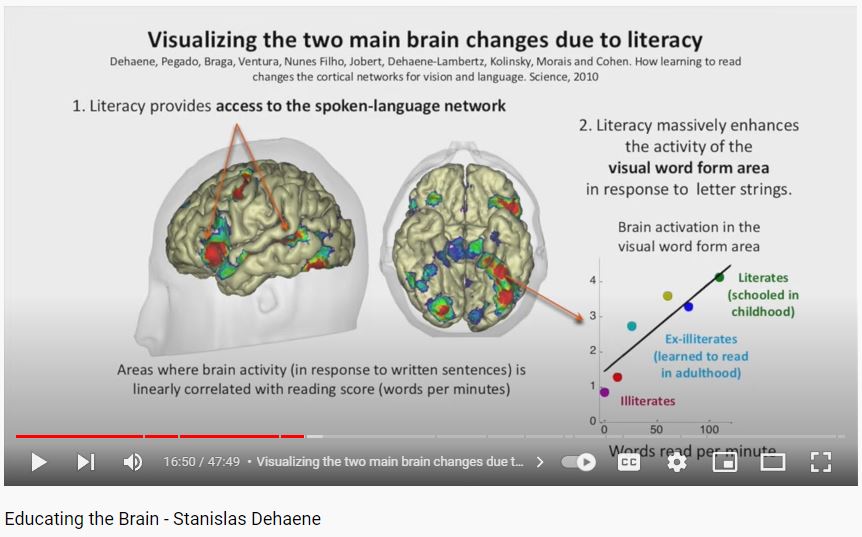
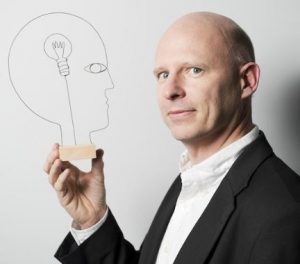

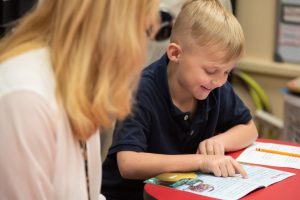
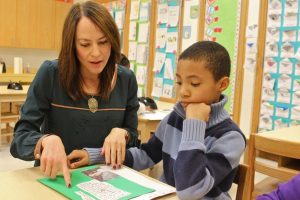



















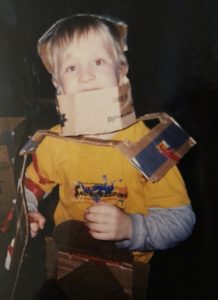



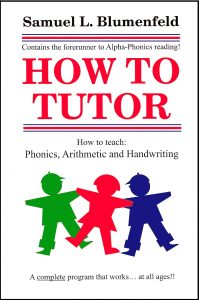
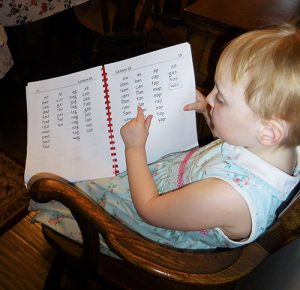



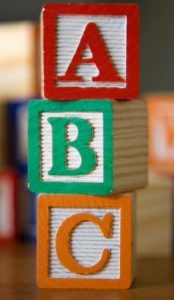
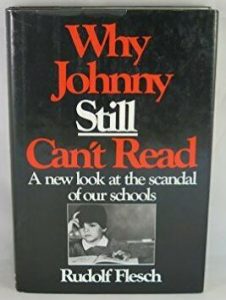

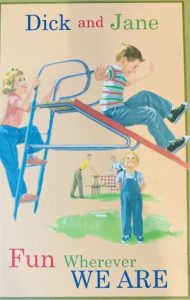

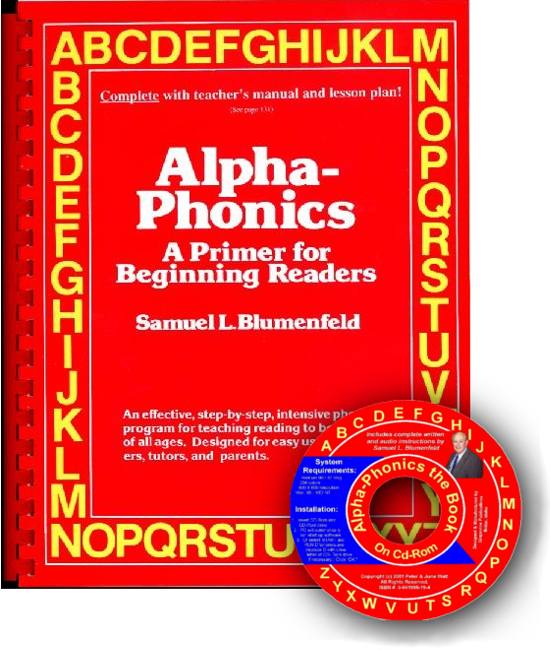 Alpha-Phonics
Alpha-Phonics The Alphabet Song!
The Alphabet Song! Water on the Floor
Water on the Floor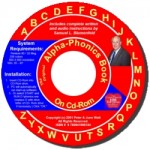 Alpha-Phonics the Book on CD Rom
Alpha-Phonics the Book on CD Rom Blumenfeld Oral Reading Assessment Test
Blumenfeld Oral Reading Assessment Test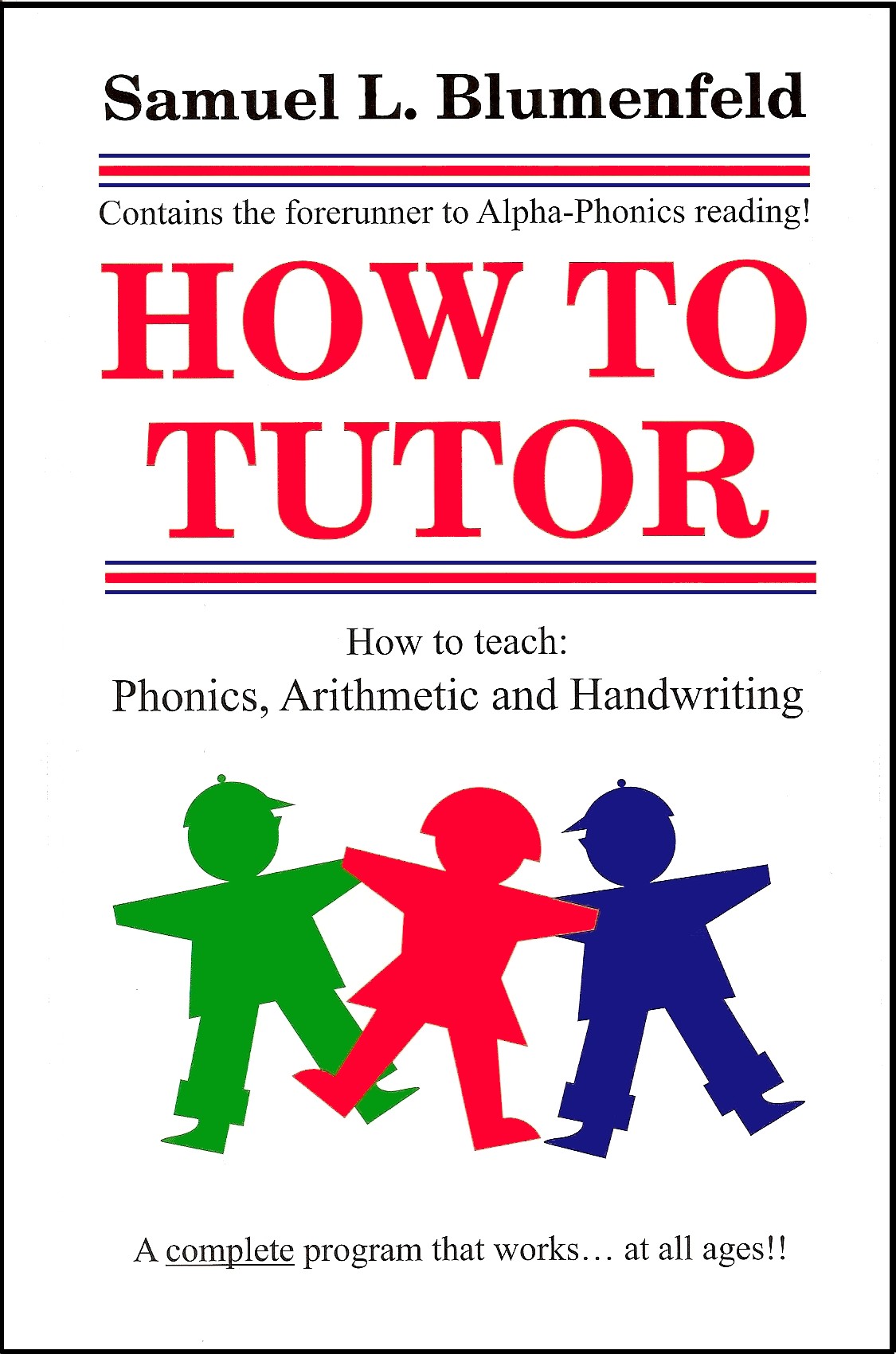 How To Tutor
How To Tutor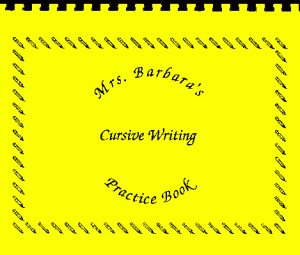 How To Tutor Cursive Handwriting Workbook
How To Tutor Cursive Handwriting Workbook